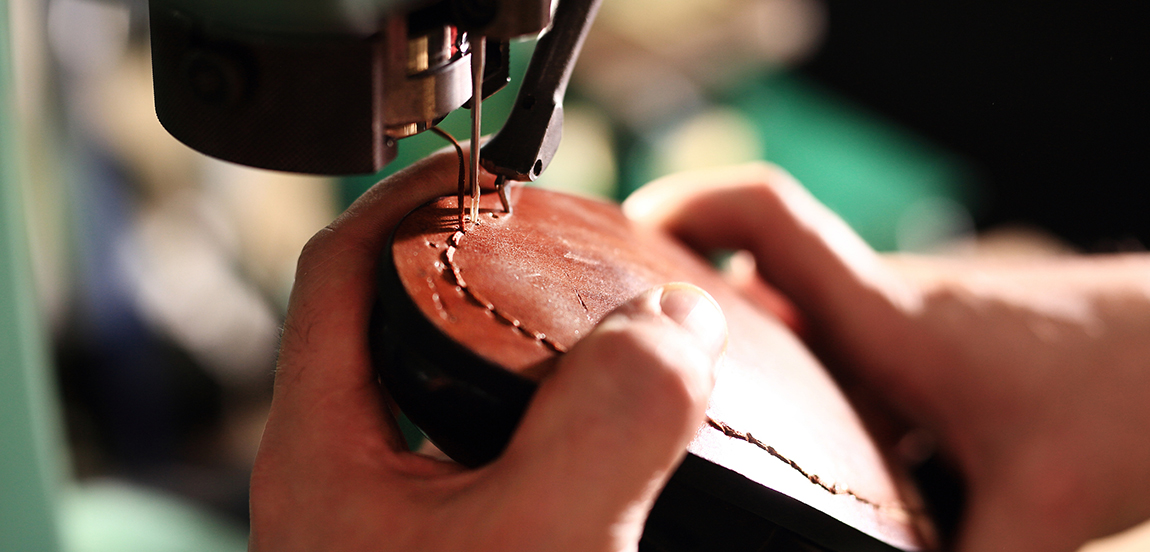EU Regulation 2023/2411 on geographical indications is now a reality. Up until now protection had been limited to agricultural products and wines, but the new regulation extends this protection to crafts and industrial products linked to traditional regional skills. Through a two-phase registration procedure, unified protection is guaranteed throughout the EU.
When we wrote our first blog on this subject, it was still just a proposal. But EU Regulation 2023/2411 is now a reality: it came into force on November 16, 2023 and will take effect from December 1, 2025 throughout the EU. This new legislation, which protects geographic indications (GIs) for craft and industrial products, extends that protection, which until now was restricted to certain wines, spirit drinks, agricultural products and foodstuffs, to craft and industrial products linked to traditional know-how.
Who can request protection?
In order to register a GI for a craft or industrial product, the application must be filed by a producer group and, in exceptional cases, by a single producer. Local or regional authorities may also file applications (provided that they do not participate in the registration or control process), as well as private entities designated by the relevant Member State. In the case of cross-border products, applicants from the different EU countries, and even from third countries may file a joint application.
The product must have a strong link to the geographical area, based on local know-how. As a result, the quality or reputation of the product must be attributable to that area and at least one of the production steps must take place there.
How do you request protection?
In order to reduce the administrative burden and costs, the application process consists of two phases: national and European.
Producers must first prepare a product specification establishing the essential requirements and conditions of the product. The application must also contain, apart from the specification, a single document based on a standard form describing, inter alia, the name to be protected, the type of product, its link with the geographic area and other relevant details.
Once the formal requirements have been completed, the applications must be filed with the competent national authorities for assessment. If the decision is favorable, they are sent to the EU Intellectual Property Office (EUIPO) for the second phase and final approval. If the Member State does not have a national system for GIs, the applicant may request a derogation and register directly through the EUIPO.
As opposed to agricultural products where the European Commission supervises the entire process, in the case of craft and industrial products, the EUIPO manages the assessment stage at a European level. The Commission only has the authority to decide on the applications filed in certain specific cases.
Who controls compliance?
Once the GI has been registered, the national authorities and certification bodies verify the indication periodically to ensure compliance with the product specifications and detect fraudulent or deceptive practices. In addition, producers must submit a comprehensive self-declaration, with a harmonized structure prior to placing the product on the market and then every three years.
What will happen with existing national systems?
In order to eradicate fragmented legislation, any existing national GI systems will cease to exist twelve months from the date of application of the Regulation, i.e., by December 2, 2026 at the latest. During this transition period, the EU, its Member States, the EUIPO, the Commission and interested parties will work on the full implementation of the new system.
What is the situation in Spain?
The regulation urges Member States to implement the specific procedures for the national phase, including the applicable deadlines, in their national legislation. It also calls on them to define the procedures to amend the product specification of a GI and also for canceling them once they have been registered.
In this context, Spain has started to adapt its legislation to comply with the new requirements of this regulation through a bill for a royal decree, which will regulate the national phase of the registration process. As part of this process, the Spanish Patents and Trademarks Office (SPTO) opened a public consultation on this project on December 17, 2024, which ended on January 2, 2025.
The SPTO has been appointed as the competent authority for this phase, and it will also act as a liaison between the competent regional bodies and the EUIPO when the applications are limited to an autonomous region.
This adaptation process at a national level is essential to ensure that emblematic craft and industrial products in Spain, such as Elche footwear, Talavera pottery or Albacete knives, have the same protection as products that already enjoy protection, such as Jabugo ham.
So…
The third edition of the Geographical Indications Conference themed “Safeguarding our Heritage, Cultivating our Future” was held in Alicante last January 28 and 29. The conference, which was attended by over 2,000 participants from 67 countries, including producers, jurists and representatives from EU and national offices and institutions, has turned out to be one of the largest events, with the highest impact to date. With only ten months to go until the Regulation comes into effect, the conference was key to understanding the challenges that face all the players involved and delving deeper into the implementation of the new legal framework of GIs.
We must now wait and see how this new system will affect the competitiveness of our traditional products.
Marta Valero






